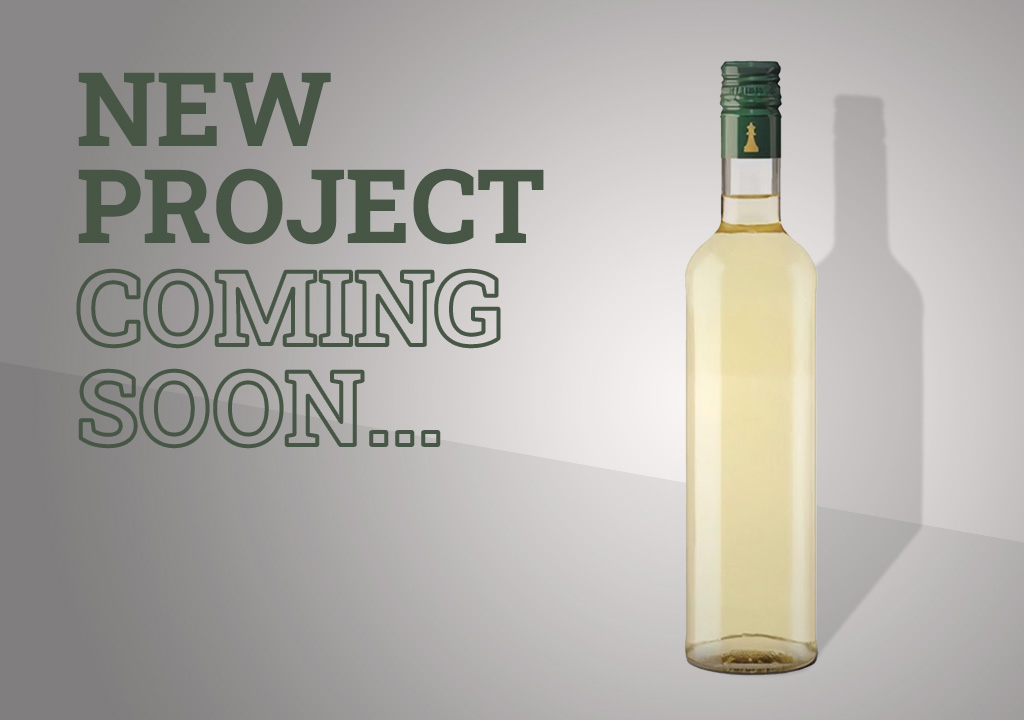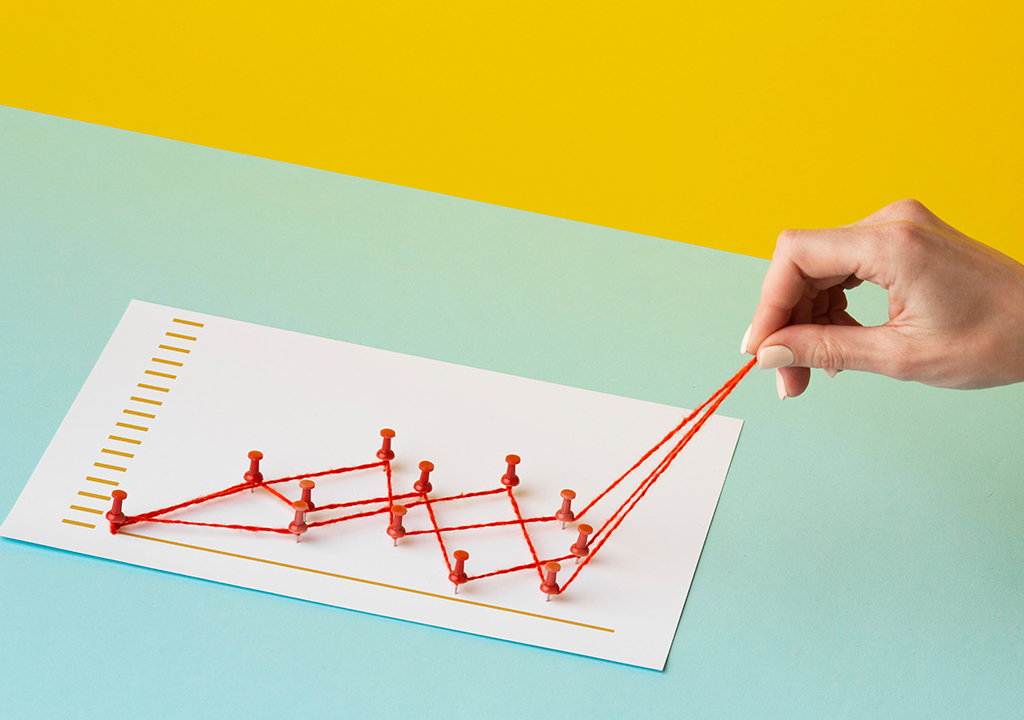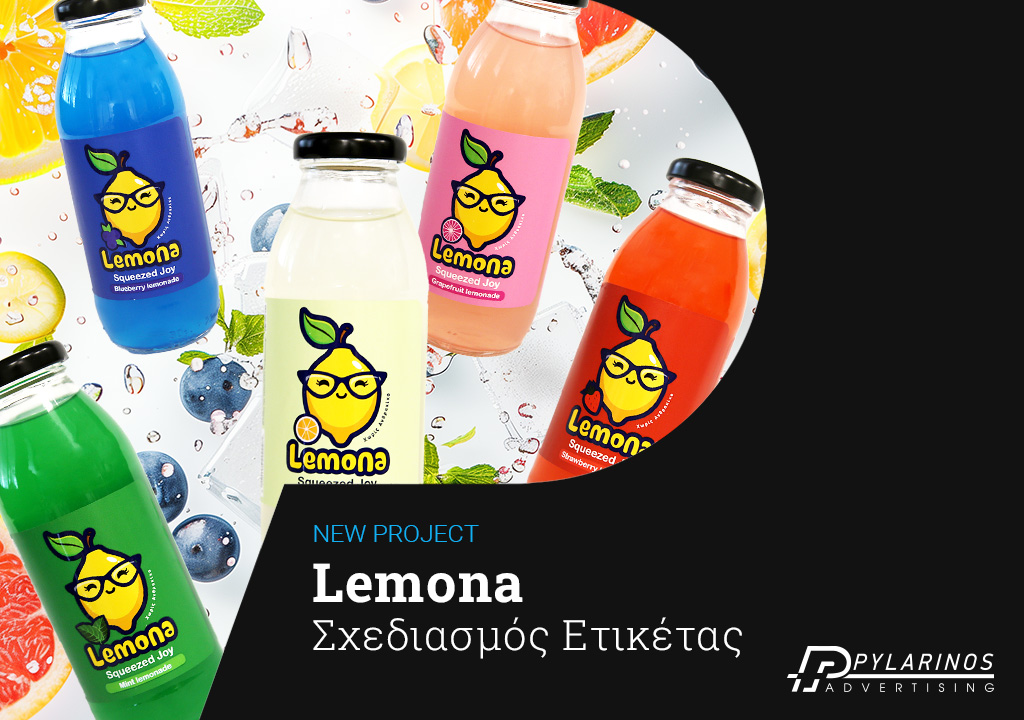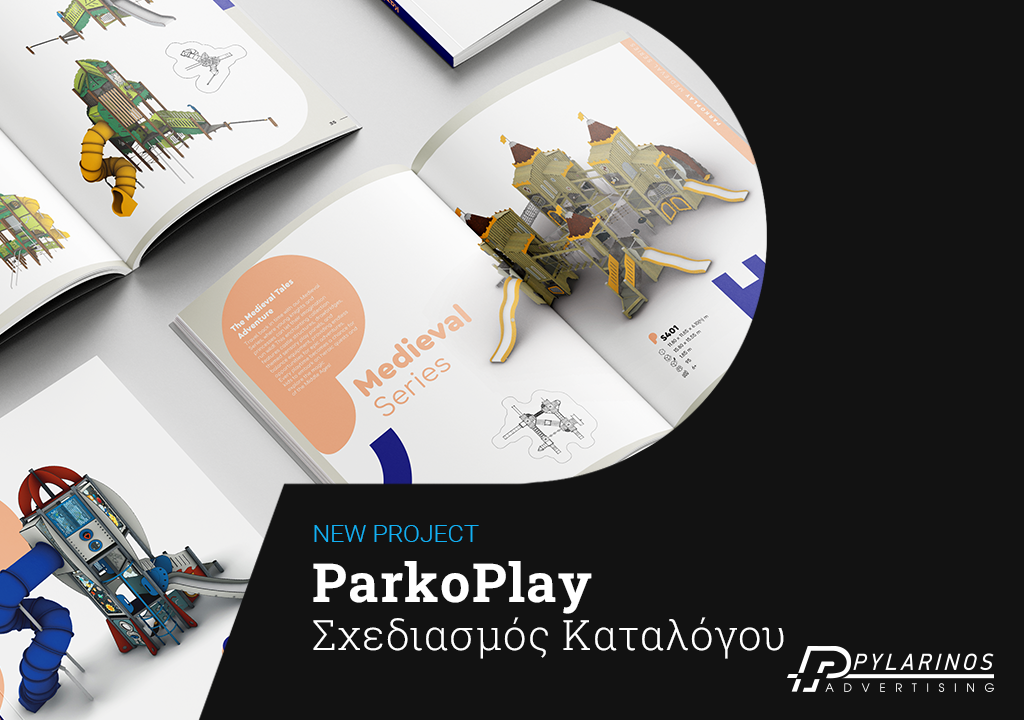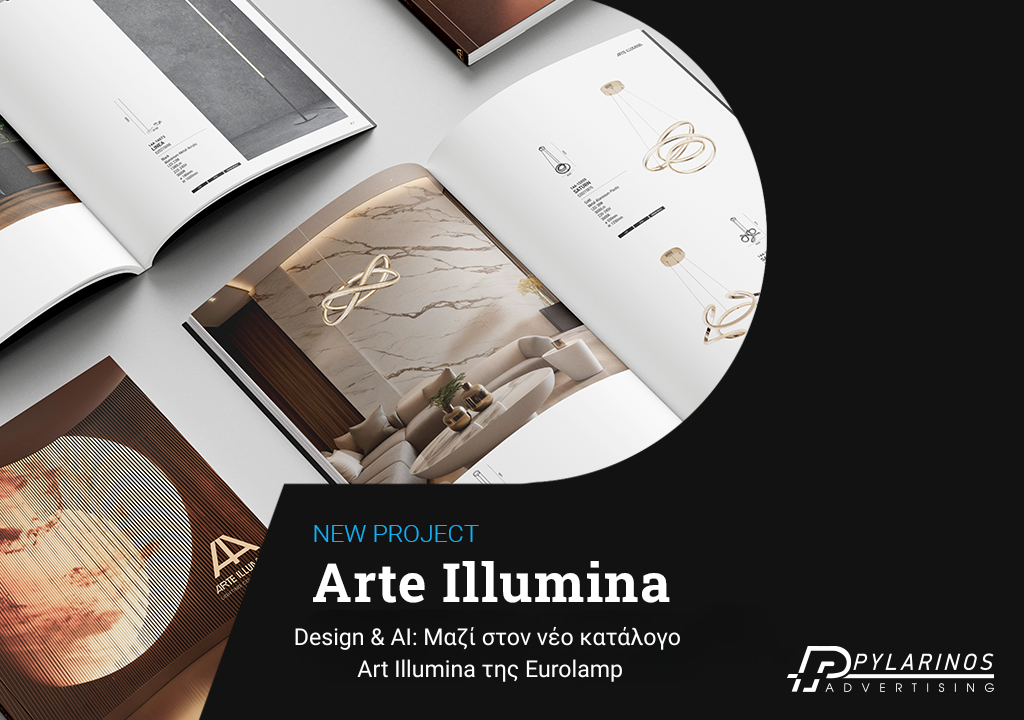Surely, if you’ve ever worked with a team to build your own website, you’ve heard the terms UX and UI mentioned. We know—they might sound like jargon, but they are two fundamental principles when it comes to designing user-friendly digital products, whether it’s an app, an e-shop, or a website.
If you’ve heard the terms before but still don’t quite know how to distinguish them, don’t worry! Our team at Pylarinos Advertising has gathered all the information you need to understand exactly what each concept means, what their key differences are, and much more.
Let’s start with the basics:
What does UX mean?
UX, or user experience, as the term implies, is the set of processes focused on how a user interacts with and feels while using a digital product. The goal in UX design is to ensure that every interface is pleasant to navigate, easy to use, and not exhausting for the user. Navigation should feel effortless and intuitive.
UX design comes before UI, as it builds the framework on which the UI will be based. A critical part of the UX process is user research, which helps designers understand the needs and behaviors of the target audience. From there, prototypes and wireframes are created to map each interface and its function.
Some key questions a UX designer should answer include:
- Is it easy to navigate from page to page?
- Can the user quickly find the information they need?
- Does the user have to take too many steps to achieve their goal?
What does a UX Designer do?
A UX Designer structures the entire journey a user will experience on an app or website. They’re also responsible for resolving any functional issues the user might face. Key responsibilities include user and audience research, creating mockups and prototypes, and usability testing.
What is UI?
UI, or User Interface, refers to the visual and aesthetic elements of an interface or website—like the size and shape of buttons. UI is all about the environment of the user interface and how users interact with it.
UI focuses primarily on the look and feel of an interface, aiming to create an attractive and user-friendly visual experience. Typography, colors, shapes, and layout design are all major elements of UI.
The UI process involves choosing brand-aligned colors and aesthetics to form the visual palette of a website. Then, those colors, shapes, sizes, and fonts are used to craft the site’s visual design.
What does a UI Designer do?
The UI Designer steps in once the UX Designer’s work is complete. They handle the visual and interactive design of the interface—from colors and font styles to transitions and button shapes. Their main duties include user research, interface optimization, content layout design, and testing the interactivity and appearance of each element.
What are the differences between UX and UI?
- UX focuses on the user’s experience, while UI aims to attract the user aesthetically.
- UX is concerned with usability; UI is about appearance.
- UX is the foundation upon which UI is built.
- UX relies on research and methodology; UI is more creative.
Despite their differences, UX and UI are highly interdependent and both essential to creating a successful digital product. Imagine a beautifully designed website where the information is disorganized and users have to click endlessly to find what they need. Or a perfectly structured site that’s dull and uninspiring in design. Neither delivers a satisfying experience.
Do I need UX/UI when designing my website/app?
The answer is clear. Your website, app, or any digital product is the face of your business. So it’s crucial that it’s not only aesthetically pleasing but also functional and easy to use. These elements cannot be achieved without incorporating UX and UI into your project.
On a practical level, good UX/UI also boosts your site’s SEO performance—since a well-designed site means longer user sessions, more interactions, and lower bounce rates, all key indicators that Google recognizes.
So, if you’re building your website or app, it’s essential to invest in both UX and UI. Our team at Pylarinos Advertising can take on this task and bring your vision to life through a thoughtfully designed website.
Contact us here for more information.



